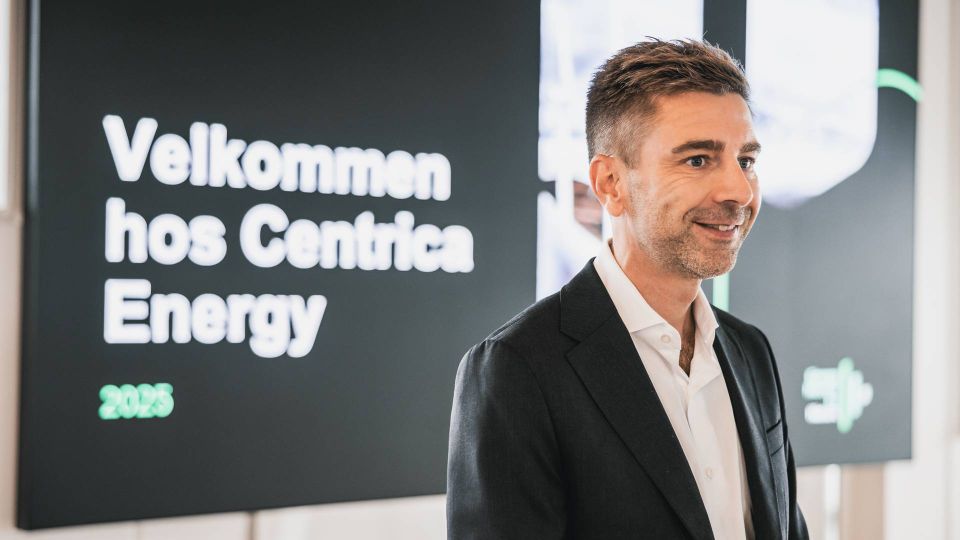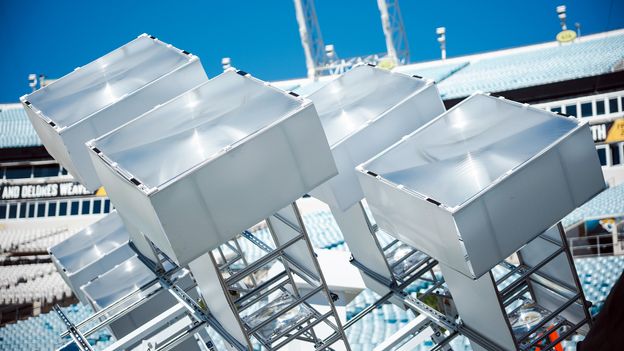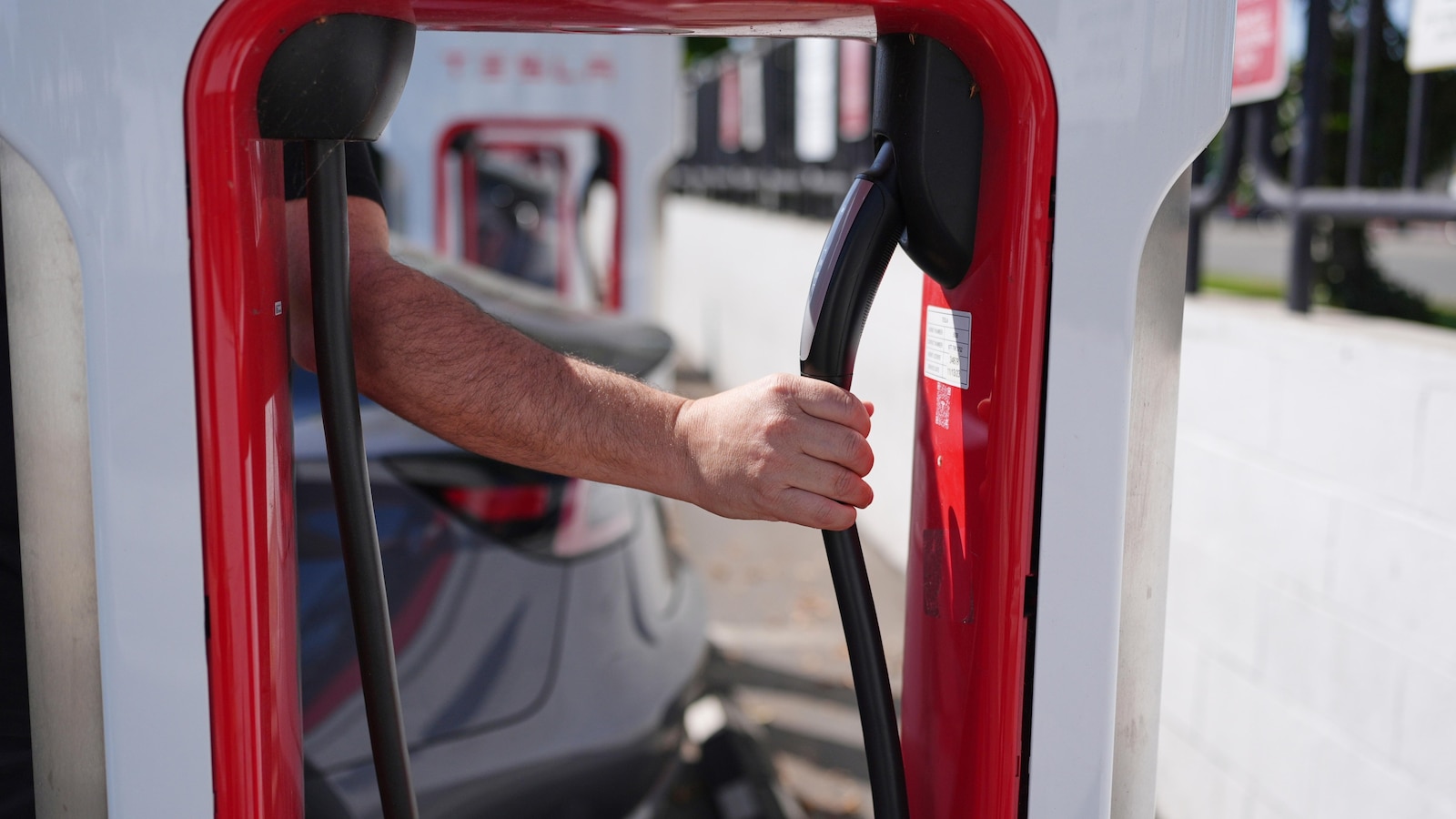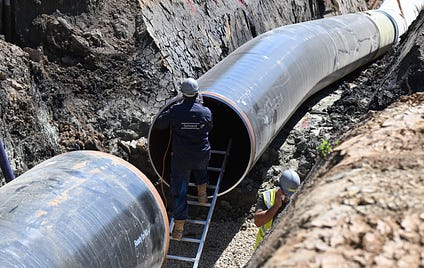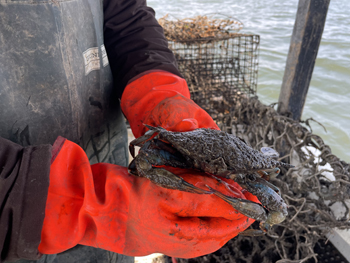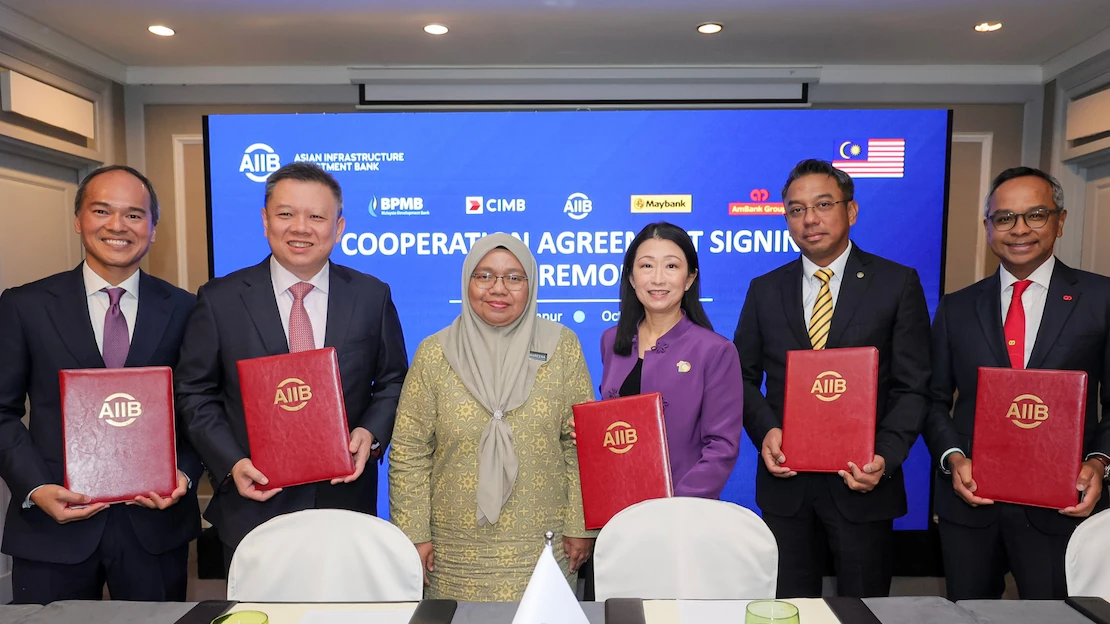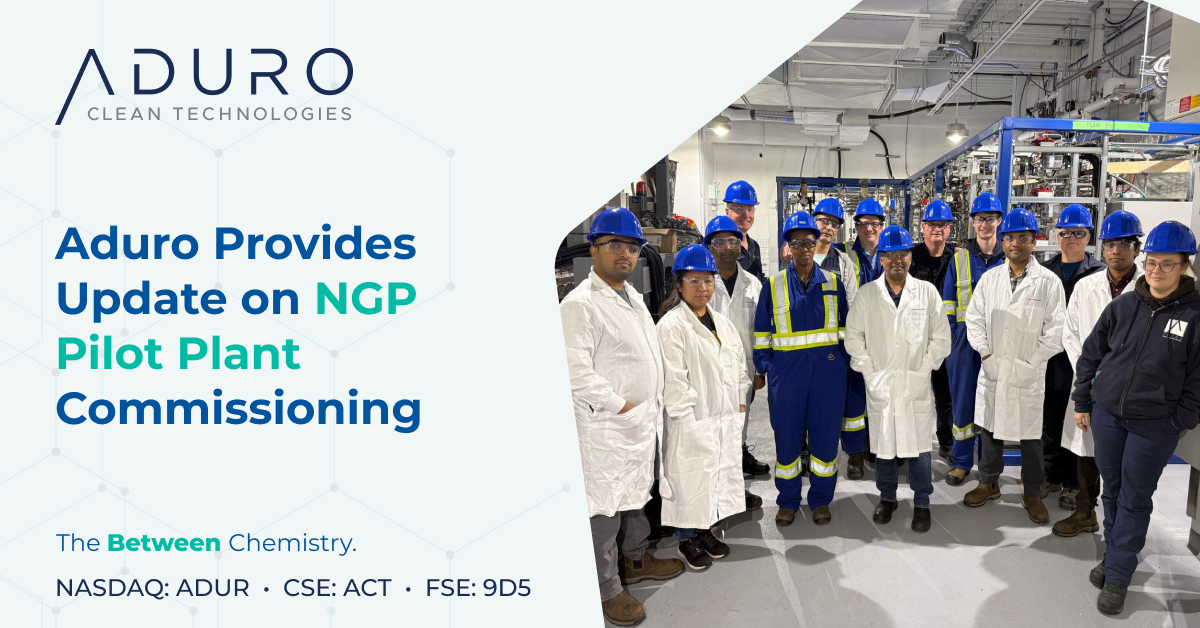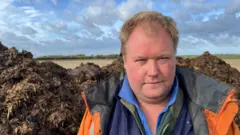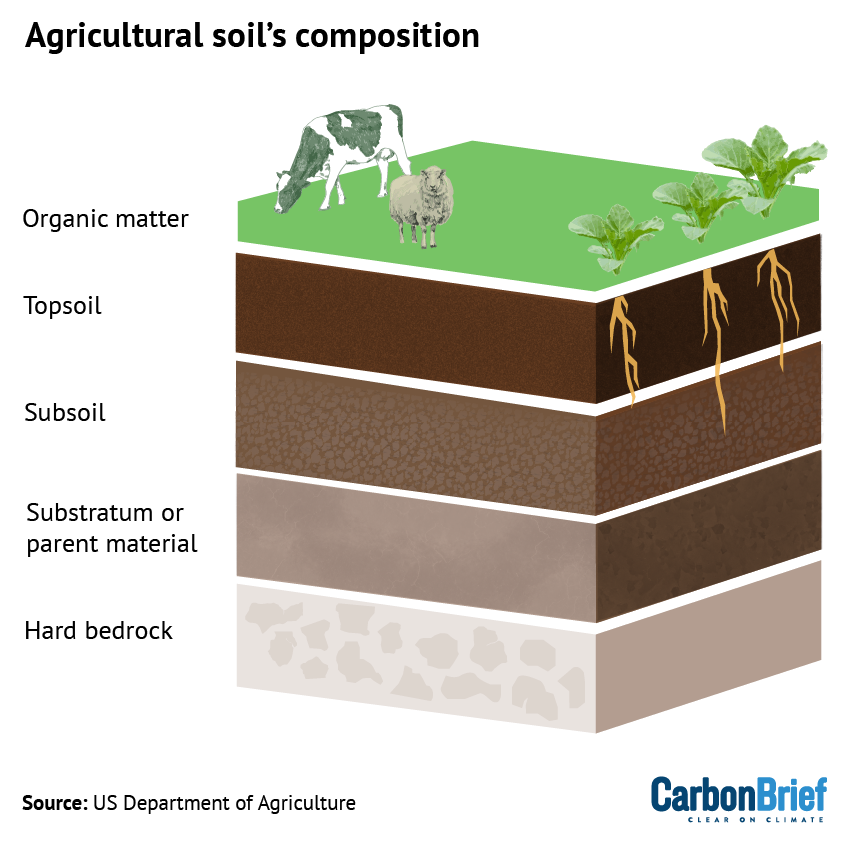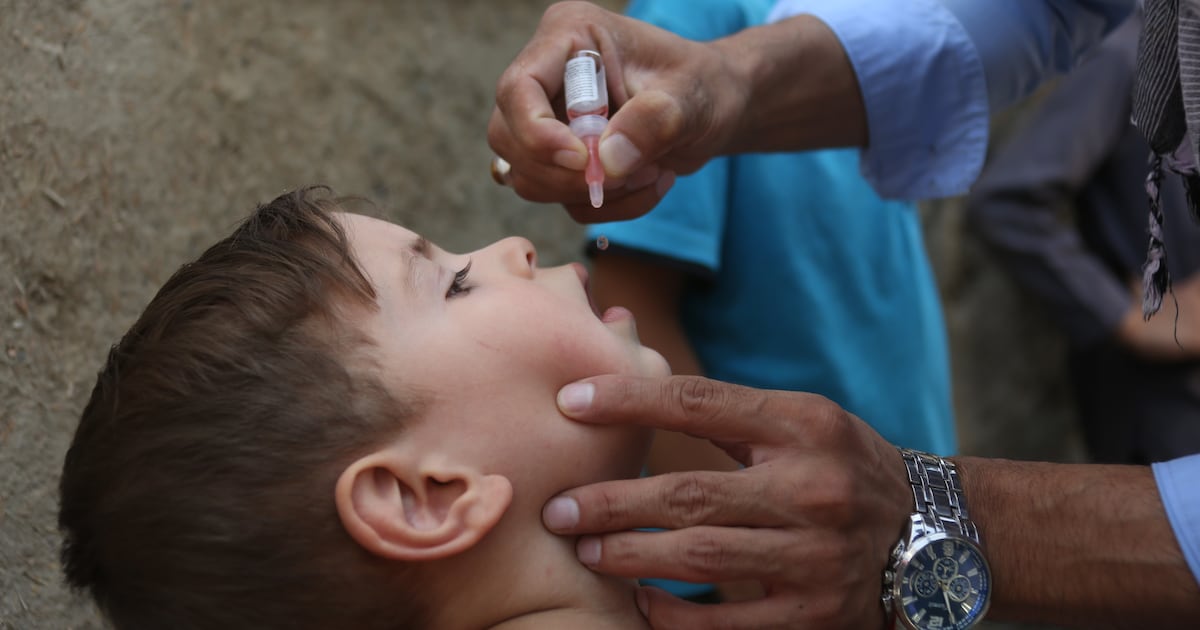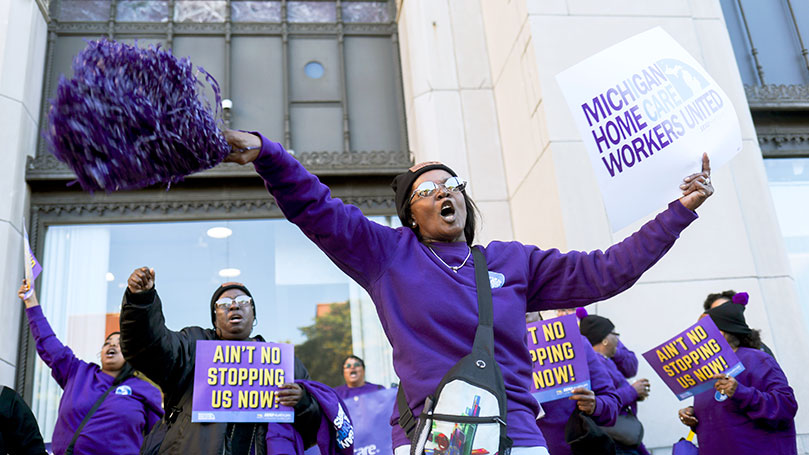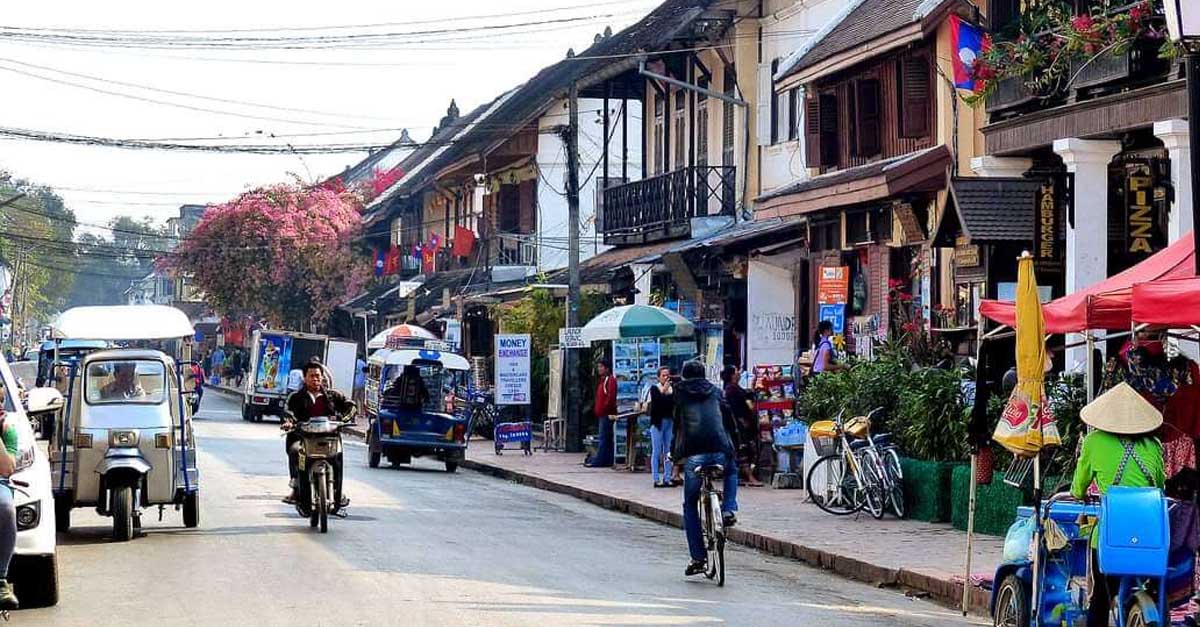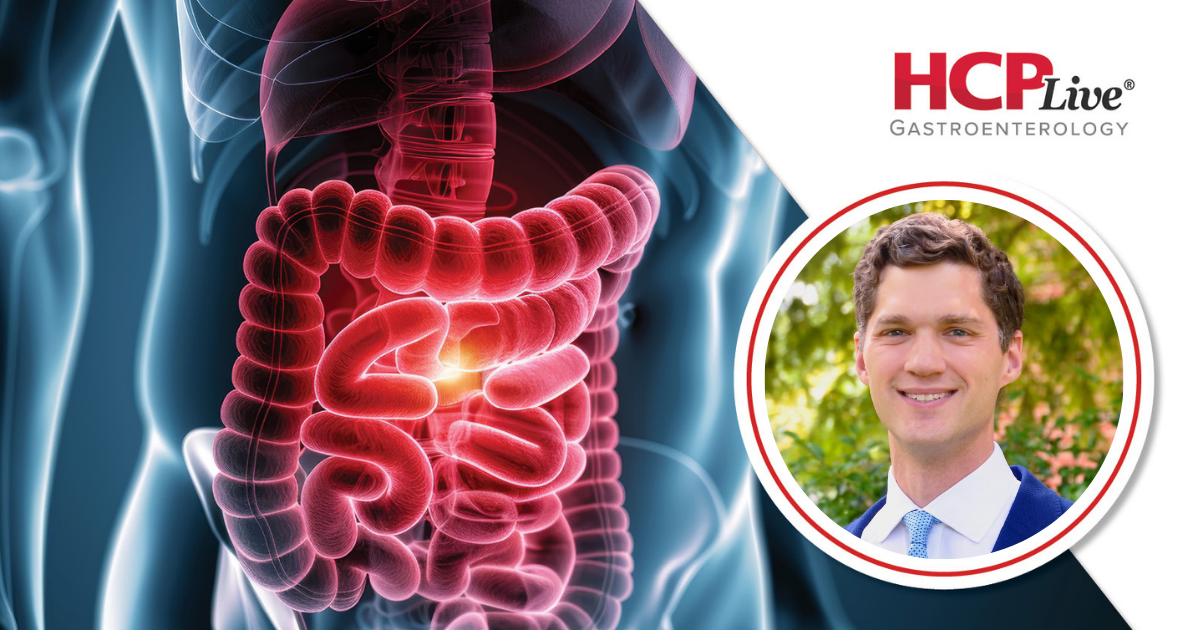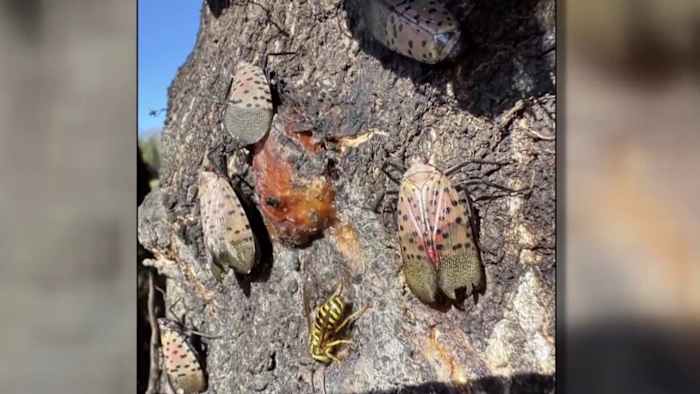Fresh pavement, more security: A refreshed segment of the Jordan River Trail is ready to welcome visitors – The Salt Lake Tribune

Report on the Jordan River Trail Revitalization Project and Alignment with Sustainable Development Goals
1.0 Project Overview
Salt Lake City has announced the reopening of a revitalized section of the Jordan River Trail, extending from Cottonwood Park to 700 North. This initiative, undertaken after a temporary closure in April to address public safety and environmental concerns, involved significant reconstruction and enhancement efforts. The project’s core objective is to restore the area as a safe and accessible public space, directly contributing to several key United Nations Sustainable Development Goals (SDGs).
2.0 Project Implementation and Key Actions
The revitalization was a multi-faceted effort managed by the Salt Lake City Public Lands Department in collaboration with public safety partners. The primary actions undertaken include:
- Infrastructure Redevelopment: A quarter-mile section of the trail between 500 North and 700 North was rerouted to the western bank of the river. A new, 14-foot-wide surface was installed, increasing capacity and accessibility.
- Environmental Restoration: Extensive cleanup operations were conducted during the closure. This involved the removal of trash and the clearing of overgrown vegetation to improve visibility and restore the health of the riparian corridor.
- Enhanced Security Measures: A comprehensive security plan has been implemented to ensure user safety. This includes:
- Increased patrols by Salt Lake City park rangers during the day.
- Deployment of after-hours private security guards.
- Continued foot and bike patrols by Salt Lake City Police Department officers.
3.0 Contribution to Sustainable Development Goals (SDGs)
The Jordan River Trail project is a practical application of several SDGs, demonstrating a commitment to creating a sustainable, healthy, and safe urban environment.
3.1 SDG 11: Sustainable Cities and Communities
- Target 11.7: The project directly addresses the goal of providing universal access to safe, inclusive, and accessible green and public spaces. By tackling crime and improving infrastructure, the city is reclaiming the trail as a valuable community asset for recreation and connection with nature.
- Target 11.2: The trail promotes sustainable transport by providing a safe corridor for walking and biking, contributing to a reduction in vehicle dependency for short-distance travel.
3.2 SDG 3: Good Health and Well-being
- Target 3.4: By creating an appealing and safe environment for physical activity such as walking and biking, the project promotes healthy lifestyles and supports the physical and mental well-being of residents.
3.3 SDG 15: Life on Land
- Target 15.5: The initiative included actions to halt and reverse land degradation. The cleanup of the riverside, removal of trash, and management of vegetation contribute to the restoration of the local ecosystem and the protection of the riparian habitat.
3.4 SDG 16: Peace, Justice and Strong Institutions
- Target 16.1: The significant investment in security, including increased patrols and surveillance, is a direct effort to reduce crime and create a peaceful environment, ensuring the trail is safe for all members of the community. This reflects a commitment from public institutions to ensure public safety.
4.0 Future Developments and Continued Investment
The city’s commitment to the area is ongoing. Future enhancements aligned with the project’s goals include:
- The construction of a new 2-acre open space and a nature-themed playground near 700 North, scheduled to open in August.
- The development of an outdoor classroom and community garden to foster environmental education and community engagement.
- The continued rollout of surveillance cameras and new lighting along the trail as part of the Mayor’s Public Safety Plan.
As stated by Kim Shelley, the city’s Director of Public Lands, “This project is about more than just improving a trail, it’s about restoring a space for the community.” This sentiment is echoed by public safety officials and community leaders, who view the revitalized trail as a valuable asset worth protecting for community use.
SDGs Addressed in the Article
- SDG 3: Good Health and Well-being: The article highlights the creation and improvement of recreational infrastructure like the Jordan River Trail for walkers and bikers, which directly promotes physical activity and well-being for the community.
- SDG 11: Sustainable Cities and Communities: The core of the article focuses on urban renewal by improving public spaces. It discusses making the trail safer, more accessible, and inclusive, and adding green spaces like a park and playground, which are key components of sustainable urban development.
- SDG 15: Life on Land: The project addresses environmental degradation along the river. The article mentions cleaning up the area, managing vegetation, and restoring the health of the riparian corridor, which aligns with protecting and restoring terrestrial ecosystems.
- SDG 16: Peace, Justice and Strong Institutions: A primary motivation for the project was to address “persistent crime” and make residents feel safe. The implementation of a public safety plan, increased patrols, and security measures directly relates to reducing violence and creating safe communities.
Specific SDG Targets Identified
-
SDG 11: Sustainable Cities and Communities
- Target 11.7: By 2030, provide universal access to safe, inclusive and accessible, green and public spaces. The article details the city’s effort to restore and reopen a section of the Jordan River Trail, making it a “safer, more accessible environment where residents can walk, bike, and connect with nature.” The addition of a “new nature-themed playground and new 2-acre open space” further supports this target by creating new public areas for the community.
-
SDG 15: Life on Land
- Target 15.1: By 2020, ensure the conservation, restoration and sustainable use of terrestrial and inland freshwater ecosystems and their services. The article states the project is about “environmental restoration” and addresses “environmental degradation [that] affected the riparian corridor’s health.” The cleanup efforts, including clearing overgrown vegetation and removing trash, are direct actions toward restoring this inland freshwater ecosystem.
-
SDG 16: Peace, Justice and Strong Institutions
- Target 16.1: Significantly reduce all forms of violence and related death rates everywhere. The project was initiated partly in response to “persistent crime” that made residents “feel unsafe.” The city’s response, as mentioned in the article, includes a “Public Safety Plan,” deploying “new after-hours private security guards,” increasing the presence of “park rangers,” and installing “surveillance cameras and new lighting” to ensure the area is “safe and pleasant to use.”
Indicators for Measuring Progress
-
Indicators for Target 11.7 (Access to Public Space)
- Physical Infrastructure Development: The article explicitly mentions the completion of a “quarter-mile of the path,” a “new 14-foot-wide surface,” a “new nature-themed playground,” and a “new 2-acre open space.” These completed projects serve as direct indicators of increased access to green and public spaces.
- Community Use and Activation: The goal to “welcome trail users back” and “connect with nature” implies that an increase in the number of people walking and biking on the trail would be a key indicator of success.
-
Indicators for Target 15.1 (Ecosystem Restoration)
- Restoration Activities Completed: The article notes that the Public Lands Department “cleared overgrown vegetation, removed trash and cleaned up the section.” These actions are tangible indicators of progress in restoring the environmental health of the riparian corridor.
-
Indicators for Target 16.1 (Reduce Violence/Crime)
- Implementation of Security Measures: The article lists several concrete security measures that serve as indicators of the city’s commitment to safety: the presence of “private security guards,” “park rangers,” and “police officers,” as well as the installation of “surveillance cameras and new lighting.”
- Perception of Safety: An implied indicator is the change in how residents feel. The goal is to make the trail “safe and pleasant to use,” so surveys or community feedback measuring the public’s perception of safety would be a relevant metric.
Summary of SDGs, Targets, and Indicators
| SDGs | Targets | Indicators |
|---|---|---|
| SDG 11: Sustainable Cities and Communities | 11.7: Provide universal access to safe, inclusive and accessible, green and public spaces. |
|
| SDG 15: Life on Land | 15.1: Ensure the conservation, restoration and sustainable use of terrestrial and inland freshwater ecosystems. |
|
| SDG 16: Peace, Justice and Strong Institutions | 16.1: Significantly reduce all forms of violence and related death rates everywhere. |
|
Source: sltrib.com

What is Your Reaction?
 Like
0
Like
0
 Dislike
0
Dislike
0
 Love
0
Love
0
 Funny
0
Funny
0
 Angry
0
Angry
0
 Sad
0
Sad
0
 Wow
0
Wow
0



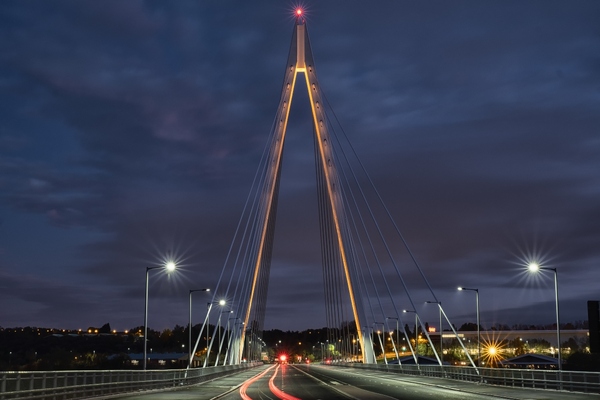


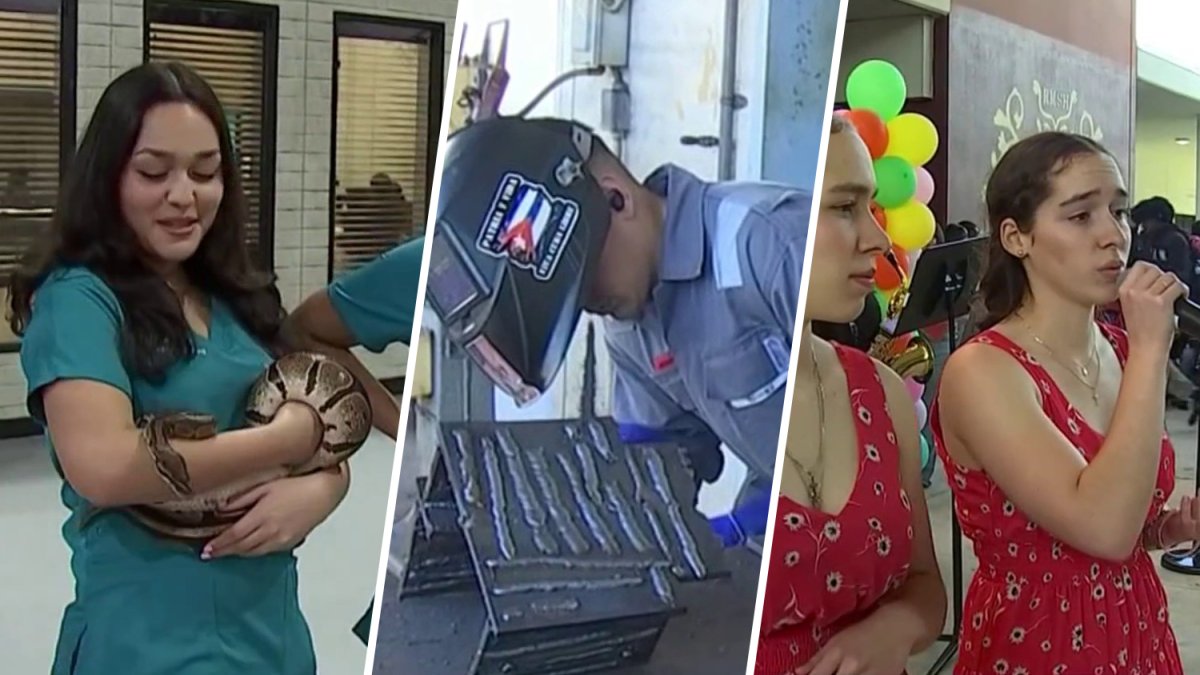
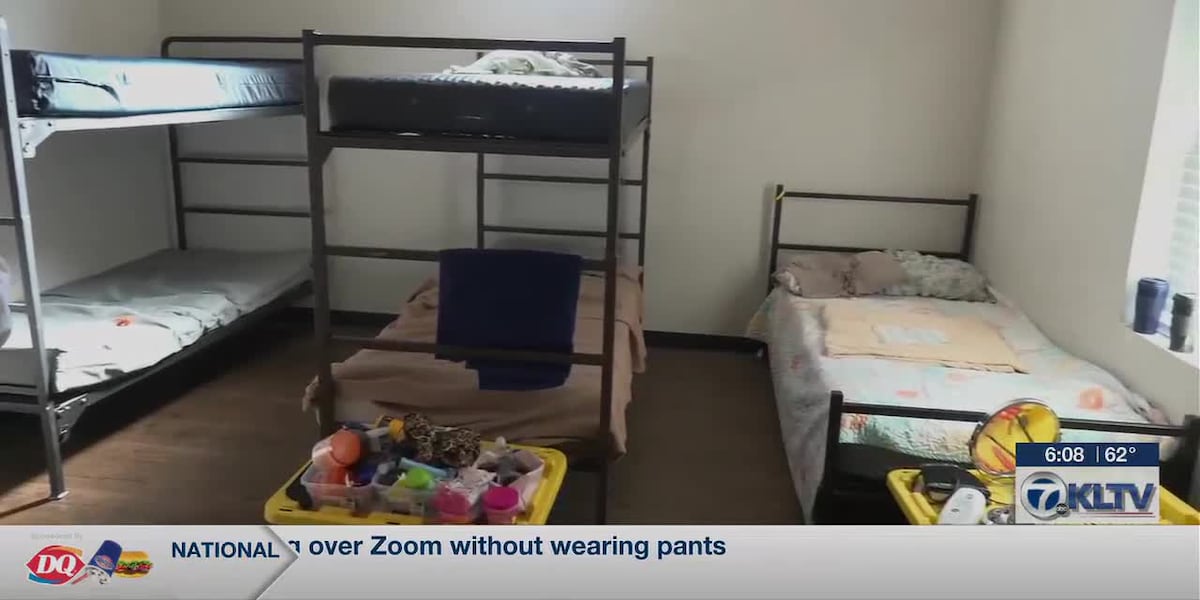
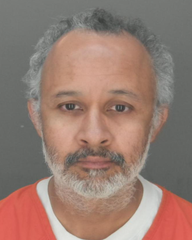


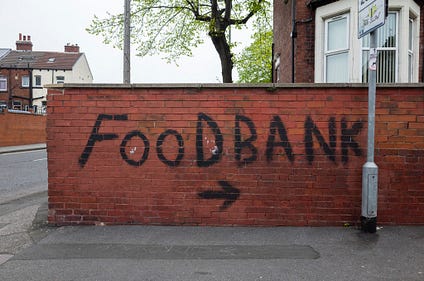

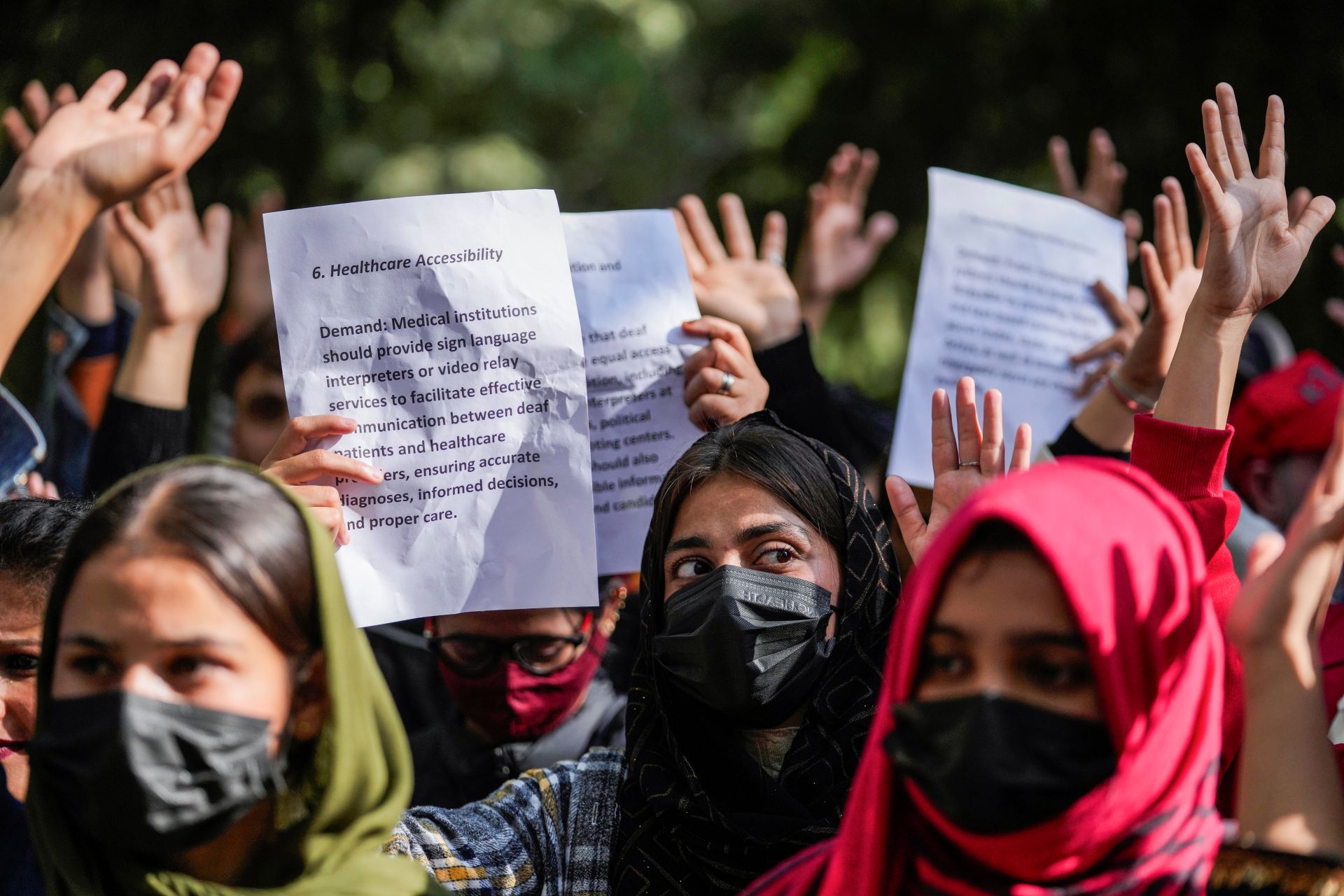



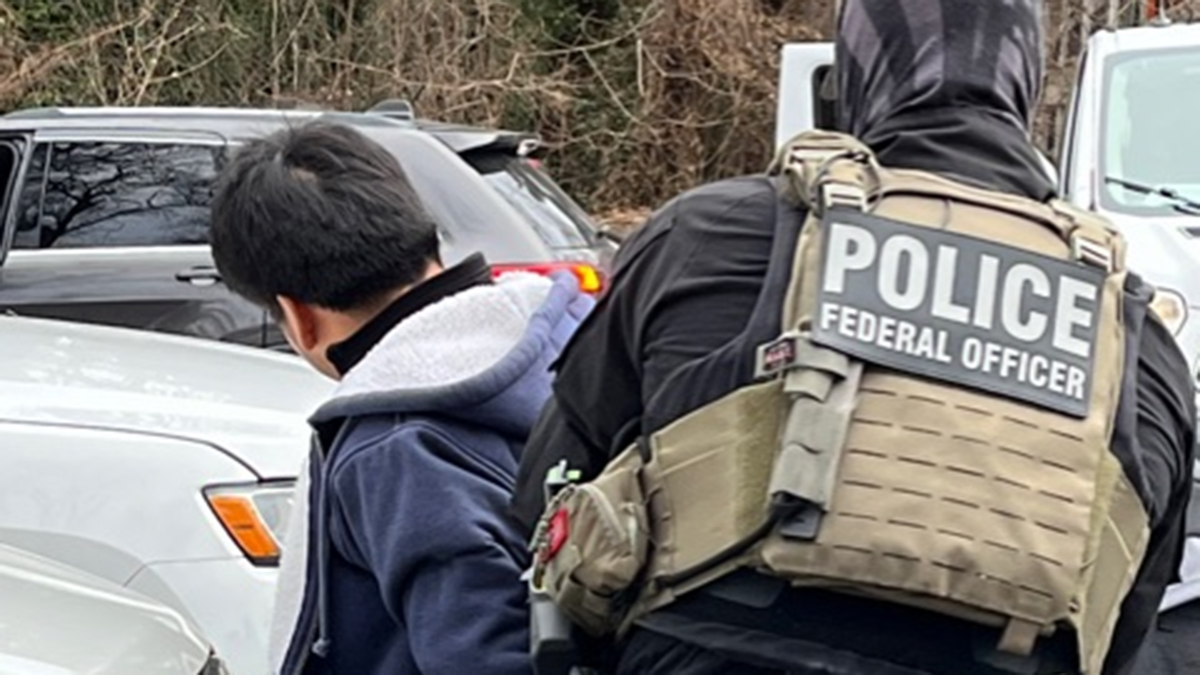





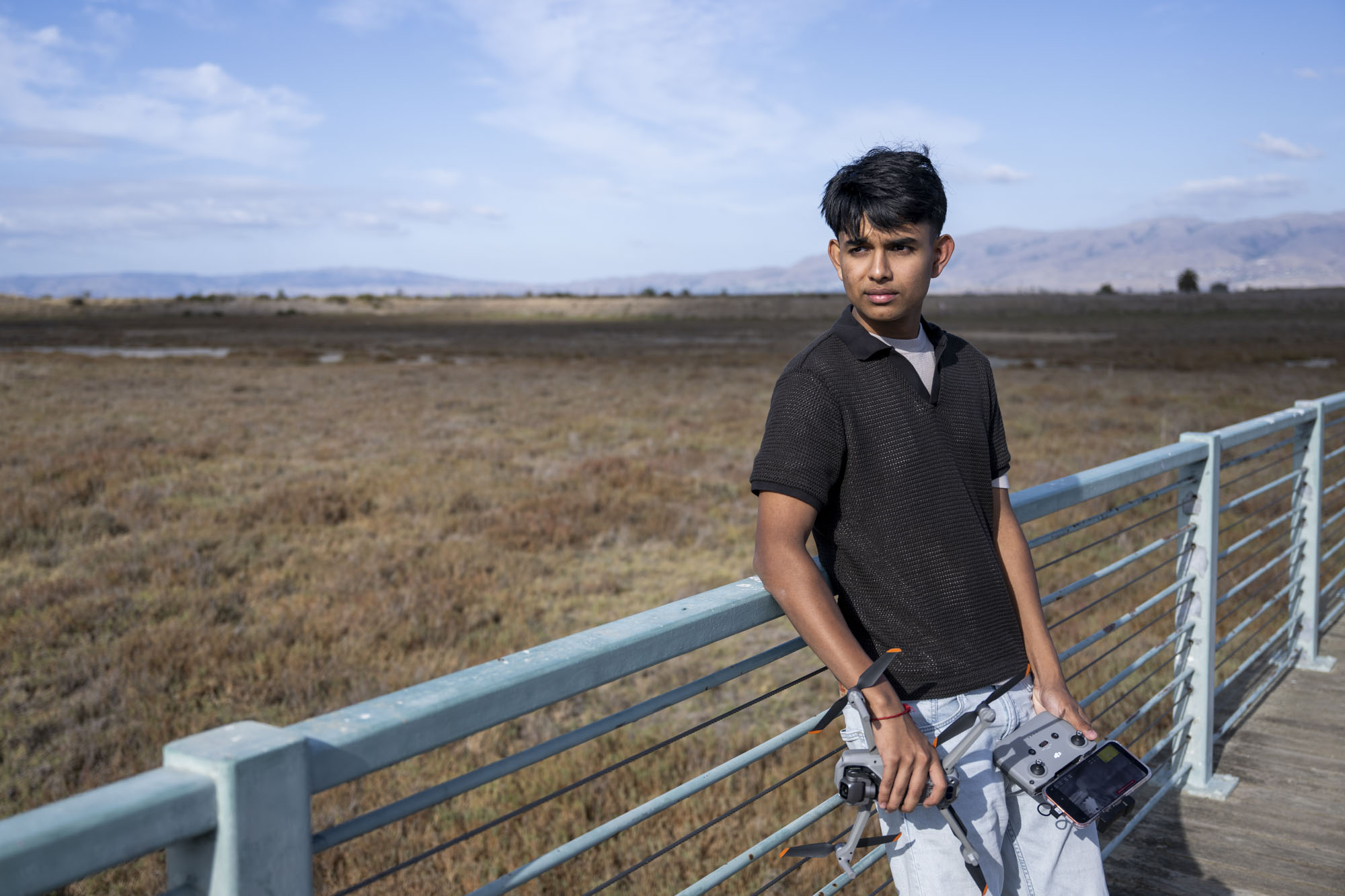



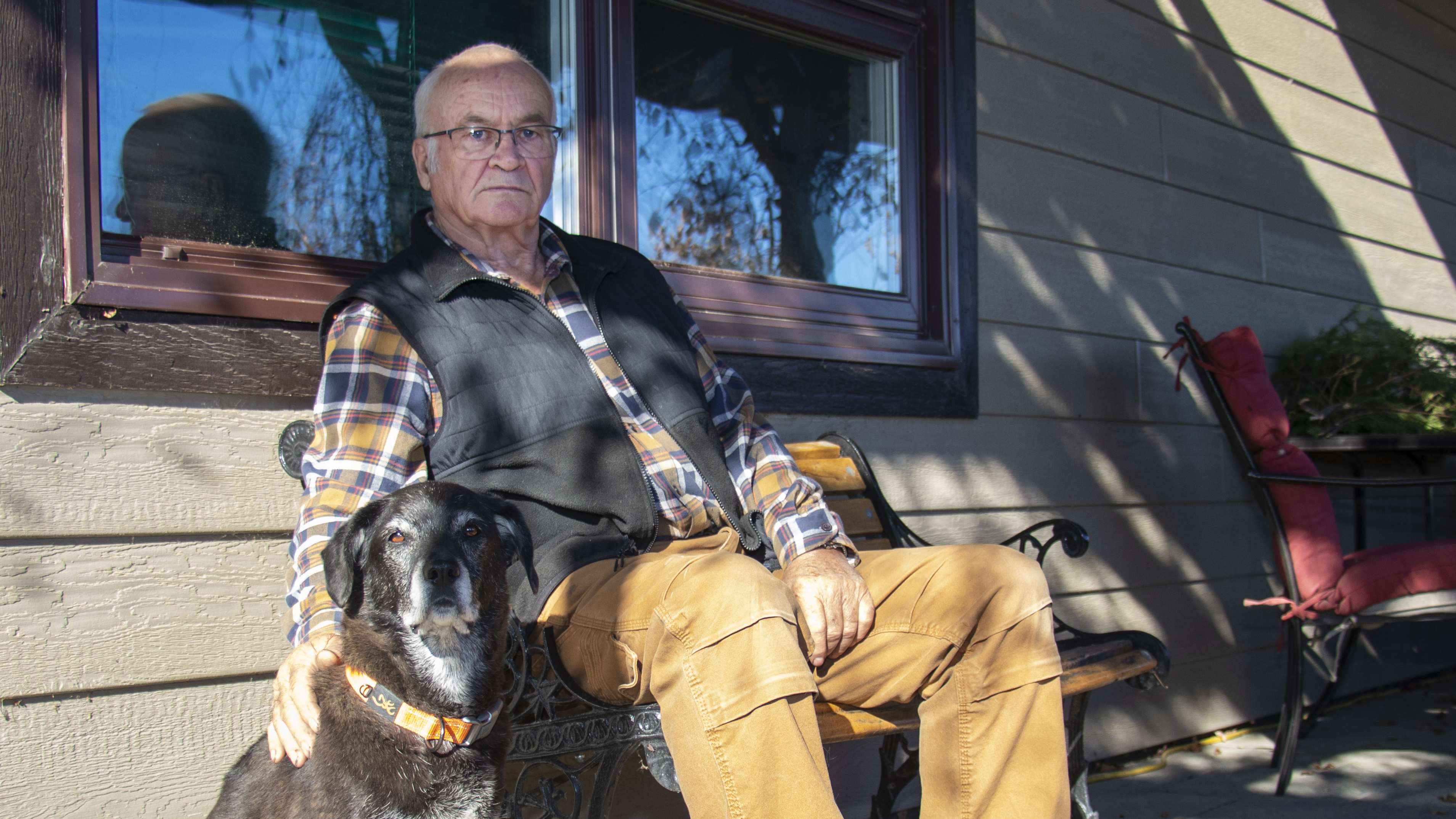;Resize=805#)



